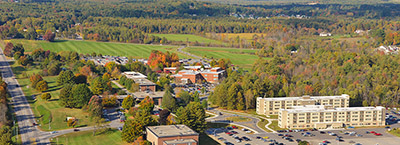Who invented the steam engine? If you think it was James Watt, you would be wrong. It was actually Thomas Newcomen. But Newcomen’s version was very inefficient. Watt solved the efficiency problem making the steam engine the “workhorse” of the industrial revolution.
In fact, what James Watt actually invented, in addition to the planetary gear, was the horsepower, the unit of measure of work. Watt is responsible for launching the mechanical age of self powered machinery. The steam engine replaced the physical effort of humans and horses for motive power. And since steam power only requires heat for an input, it makes locating a factory independent of power sources like rivers.
Watt’s contribution made the steam engine commercially viable. The efficiency and cost was so much better than the Newcomen version that the steam engine became incredibly popular. So maybe, Watt really stimulated the broad sale and application of the steam engine.
Understanding and being able to measure the work required for a piece of machinery turns out to be a really significant issue and is a core requirement from a mechatronics perspective. To this day, a proper work statement is a challenge for most engineers. The work being done is fundamentally work over time, but there are a lot of subtleties to the task that will impact the project, especially if they are poorly understood.
Who invented the electric light bulb? If you think it was Thomas Edison, you would be wrong. Edison bought the Patent from a Canadian team of Woodward and Evans. Interestingly, there was a Patent in the UK by Joseph Swan as well. It seems that Edison launched an early Patent acquisition strategy to insure the commercial rights to sell electric lighting. In the UK the strategy involved partnering with Swan and launching a company jointly. A shrewd businessman.
Edison’s contribution to the technology was making an electric light bulb that lasted longer than anyone else’s. This made electric light cost effective. But electric lighting require Electricity! At the time there was no such thing as power distribution. So you could say that Edison really invented the power utility company. And, in fact, the many of today’s power utilities still bear the name of Edison.
History can be strangely ironic. Sometimes great inventors are remembered for the wrong things. Or maybe it’s the educational system. A lot of incorrect information has made it’s way into American school textbooks. To the extent we can, open discussions promote better information for everyone.
Thanks to all the people who responded to the recent posts.
Filed Under: Mechatronic Tips



